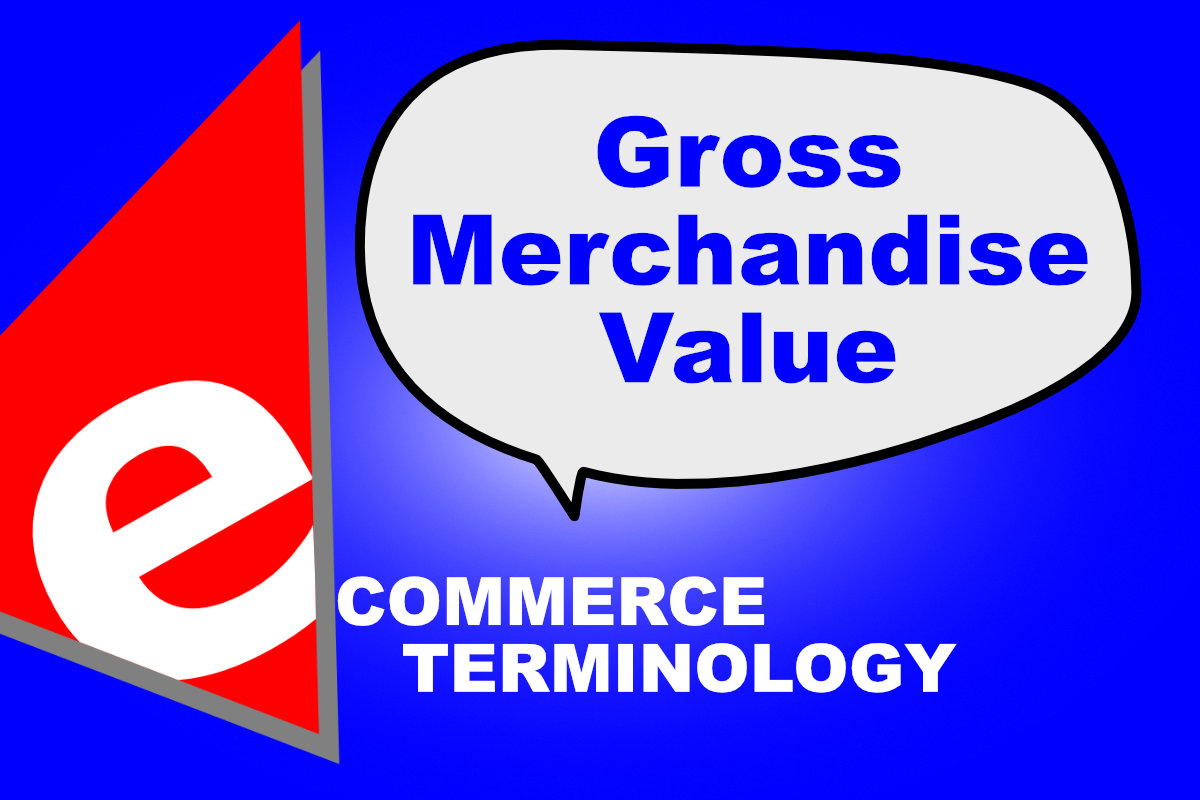What is Gross Merchandise Value (GMV)?
KEY POINTS:
- General Merchandise Value (GMV) represents the total sales volume of merchandise sold through a platform or marketplace within a specific period, akin to the total value of all orders before deductions.
- It serves as a growth indicator, reflects the market size and performance, informs investors, and aids in performance comparison among competitors.
- GMV does not indicate profitability or net merchandise sold, nor does it provide insights into average order value; it may vary slightly across platforms and does not consider expenses like marketing or operational costs.
In the world of online commerce, data reigns supreme. One key metric frequently used to define the size of an online marketplace is Gross Merchandise Value (GMV). But what exactly is it, and why does it matter?
Put simply, GMV is the total sales volume of all merchandise sold through a platform or marketplace in a specific period. Think of it as the total value of all orders rung up on a cash register before any deductions.
Alternative Terms to Gross Merchandise Value
One challenge with the term GMV is its similarity to definitions used by major marketplaces. For instance, Amazon and eBay use Gross Merchandise Volume (GMV), while Etsy opts for Gross Merchandise Sales (GMS) to denote the same financial metric.
For the purpose of this explainer, we consider Gross Merchandise Value to include these alternative terminologies that GMV measures.
Understanding the Formula to Calculate GMV
Calculating GMV is straightforward: Number of Items Sold x Price per Item = GMV. For example, if an online store sells 100 dresses at a $50 sales price each, their GMV for that period would be $5,000.
Why Gross Merchandise Value Matters
While not a measure of profitability, GMV offers valuable insights into online marketplaces:
- Growth Indicator: Rising GMV suggests increased sales and potentially a thriving business. Investors often use GMV to track growth across ecommerce companies.
- Market Size: Platforms boasting high GMV indicate a large customer base and a significant volume of activity (marketplace vibrancy), attracting both sellers and buyers.
- Performance Comparison: Tracking GMV over time allows businesses and interested parties to monitor their progress and compare themselves to competitors. It’s a key performance indicator that defines market share among peers.
Beyond the Surface
It’s important to remember that GMV doesn’t tell the whole story:
- Profitability: GMV doesn’t factor in expenses like marketing, discounts, operational costs, and other expenses. A high GMV can mask low net income from the amount of revenues generated from selling fees.
- Definitions Vary: Not all platforms are created equal, and the definition of GMV can vary (i.e. eBay recently changed their definition).
- Average Order Value: GMV also does not offer any insights on Average Order Value (AOV), an important metric that indicates the median size of orders placed by buyers based on the number of goods sold. The calculation for AOV on a marketplace is GMV divided by the number of goods sold = AOV.
- Gross Merchandise Value vs Gross Sales: Online marketplaces like Amazon, eBay, or Etsy use GMV to gauge their total sales. This metric can also be applied to traditional e-commerce retailers, who exclusively sell their own products, by comparing it to their gross sales, which are typically calculated from their total value of goods sold.
Conclusion
GMV is a valuable tool for understanding the size and activity of online marketplace platforms and ecommerce businesses.
However, it’s crucial to use it alongside other metrics like profitability, gross revenue from fees generated, and profit margins for a complete picture of the health of an online marketplace. Remember, high sales don’t always equal high profits or the average value of goods sold!
Bonus Tip for Sellers: Keep an eye on the GMV growth rate instead of just raw numbers. It gives a clearer picture of how quickly a platform or business is expanding and may help you evaluate the long-term potential of their business on the platform.
So, the next time you hear about Gross Merchandise Value or GMV, remember this: it’s a helpful data point, but not the only one. Use it wisely to gain insights into the dynamic world of online commerce!
If you liked this article and would like to engage with other small business entrepreneurs selling on marketplaces, join our [the_ad id=”41560″ inline =”1″]. You can also find us on [the_ad id=”41579″ inline =”1″], [the_ad id=”41573″ inline =”1″], [the_ad id=”41575″ inline =”1″], and [the_ad id=”41577″ inline =”1″] or sign up for our newsletter below.
SIGN UP. BE INSPIRED. GROW YOUR BUSINESS.
We do not sell your information. You can unsubscribe at any time.

